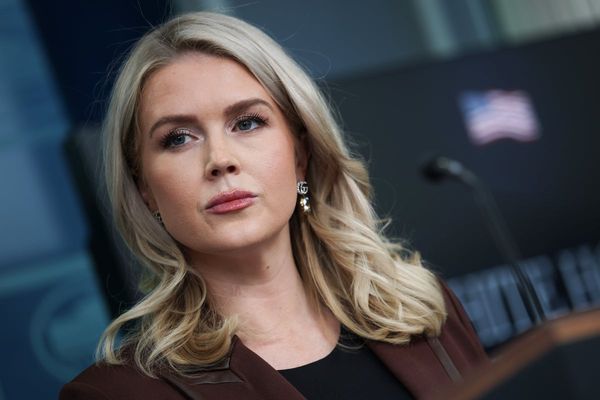
John Oliver devoted his latest Last Week Tonight episode to checking in on the opioid epidemic, which experts consider to be in its fourth wave in the US. The first was the increase of opioid prescriptions in the 1990s, the second began in 2010 with heroin, the third began in 2013 with synthetic opioids such as fentanyl, and the fourth is characterized by fentanyl mixed with a stimulant such as cocaine, often spiked without users’ knowledge.
“To the extent that there is any good news here, it’s that the companies most implicated in that first wave – drugmakers and other players in the supply chain that pumped pills into communities – have finally been forced to pay a price for their actions,” said Oliver, citing the more than $50bn awarded in lawsuits over 18 years to state and local governments.
“Getting to this point wasn’t easy,” he explained, “and involved consolidating thousands of lawsuits filed by various government entities in what’s been called ‘the most complicated litigation in the history of complex litigation’.” Such complex litigation, of course, is “a bat signal for this show”, he joked. “Something so boring it’s genuinely kind of hot.”
Now that the settlements have been won, there’s a host of issues in what to do with them. Oliver broke down the arrangement: none of the money is going directly to individuals hurt by the epidemic, but to state and local governments. “Theoretically, it will be used to mitigate the damage that opioids are doing,” Oliver explained, noting a slight tweak on his usual format: looking into the future, on what decisions have not yet been made. “Because while $50bn is clearly not enough to undo the damage here, it’s also not nothing,” he said.
The $50bn is also the bulk of the money that governments are likely to get out of drug companies, as the terms of their settlements free them from future claims. “So when it comes to restitution, this is basically all the blood money we’re getting, making it especially important that we spend it well,” said Oliver. “But there’s already been troubling signs that at least in some places, the decision process on how to do so can be deeply flawed. Which is particularly frustrating for those who lost loved ones to this crisis.”
Oliver looked back on class-action lawsuits against tobacco companies in the 1990s, which are now considered the model of what not to do. The settlements were expected to provide a significant amount of the funding to reduce tobacco use, but there were no binding requirements on how the money would be spent. In practice, most states used the money as a slush fund to cover budget shortfalls, subsidize tax cuts or support general government services.
In the case of the opioid settlements’ $50bn, the rules are “very complicated and not nearly strong enough”. At least 85% of the money has to be used for “opioid remediation” which “sounds good, but that term is broadly defined”, said Oliver, and the other 15% is a free-for-all. “There is shockingly little transparency about where this money is going or, in some cases, not going,” he explained. Iowa’s legislature, for example, adjourned without deciding where to spend its $25m; New York planned accounting tricks to move the money around without expanding services, “which is infuriating”, said Oliver. “It turns out it’s a lot less entertaining to watch someone try to launder millions in drug money when it’s not Bryan Cranston who’s doing it.”
Oliver cited experts’ recommendations for how to spend the money: hire and train more counsellors and peer specialists for addiction; expand access to medication-assisted treatment; fund harm reductions tools such as naloxone, fentanyl test strips and sterile syringes.
Most concerning, Oliver noted, was that some local governments, who receive about half of the funds, allocated money to law enforcement, despite ample evidence that, as Oliver said, “policing drug use does not make it stop”. He listed municipalities in New York, West Virginia and other states that have earmarked funds for police overtime, new cruisers, new lights, sirens and a rope-shooting device called BolaWrap.
“The sad truth is, even if every penny from the settlement did go to alleviating the opioid crisis, it would still just be scratching the surface,” said Oliver. “But any time you watch this money go toward policing drug users instead of helping them, it just feels like adding insult to injury, especially to communities of color who are so used to being overpoliced and underserved.”
The good news, he continued, was that “we’re at a point where we can change the arc of this story.” States could decide what counts as an allowable expense, could be more transparent about how they’re spending their funds. “But it’s not enough for the decisions to be transparent; they also have to be good,” Oliver added. “There are tools that we know work here, and they need to be funded with this money as additional spending, not just swapping out one funding stream for another.”
Oliver encouraged viewers to show up to their local government meetings, and “asking questions and advocating for real solutions. And if someone in that room suggests spending money on rope-jizzing guns or new sirens or, God forbid, filling a pothole, tell them no.”







